Updated
11 min read
Progressive Muscle Relaxation App – Everything You Need to Know

Many would argue that 2020 has been the most stress-inducing year in the past decade, with COVID-19, high unemployment rates, and political turmoil in the air, and so app development companies are shifting to appease a new market.
App users will always enjoy mindless games, from the Angry Birds franchise to Candy Crush, but more and more individuals are seeking mobile applications that can also reduce the stress and anxiety our current world has brought.
Progressive muscle relaxation (PMR) is one of many deep relaxation techniques that has been found to be incredibly effective in mitigating stress and anxiety, and even relieving insomnia. It has also been used to assuage chronic pain.
So how does it work? PMR involves tightening/tensing a specific muscle group, one at a time, and then a relaxing phase to release the tension.
Most doctors will recommend starting with one muscle group and progressing in a certain order, like starting with the lower extremities and finishing with the chest, abs, and face
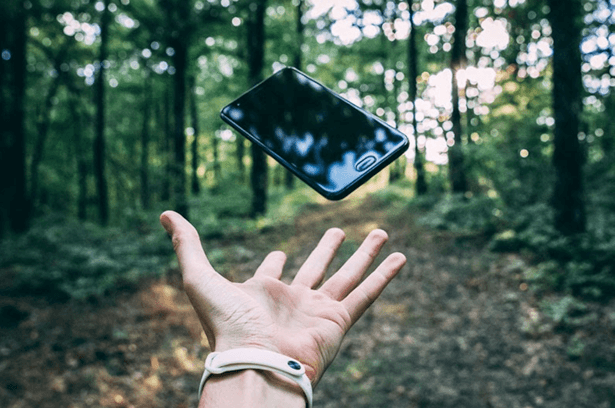
Mobile Apps Industry
With over 2.8 billion smartphone users comes a huge variety of mobile applications that can address their needs. This includes the following popular categories:
- Games. Mobile app games are a thriving business and have seen impressive margins, more so than any other category. It’s generated over $36 billion in 2019 with games like Pokémon Go, Candy Crush Saga, Angry Birds, etc.
- Lifestyle. This is a broad category and includes a variety of tools that can help with varying lifestyles, like dating apps (Bumble, Tinder), financial management tools (PayPal, Venmo), and so on. Tinder is the most downloaded app in this category, despite it not being any revolutionary or even unique. It’s a relatively simple app that has made modern dating easy and accessible for everyone.
- Entertainment. This category involves the simple joys of life, like having access to multiple forms of media. Streaming services have surged in popularity over the past few years due to affordable prices and widespread availability. The number of mobile views on YouTube per day is over 1 billion.
- Business. Like other categories here, business is booming. These types of mobile applications are popular because smartphone users value professional aspects like organization and control, which business apps can provide. Mobile apps that embrace productivity and work ethic involve accessing data (such as through the cloud), editing documents, and automating processes.
- Education. According to Statista, the average smartphone user is a teenager, which is why education-related apps like Duolingo and Math Calculator app are popular and profitable. Many education apps operate in very different ways, but each brings their own unique solution to the table.
- Health and fitness. While health and fitness fall under the lifestyle category, it deserves its own spot on this list because of its popularity and because of how much it influences our lives. These apps have a broad appeal because they serve different functions that can improve our health, like calculating calories, providing workout regiments, and even apps offering workout advice.
So which category does PMR fall into? While it relates to lifestyle since it’s something we can incorporate into our lives for self-improvement, it ultimately belongs in the health and fitness mobile app category.
If you search the phrase “progressive muscle relaxation” on YouTube, you’ll find an abundance of videos on using the technique to aid with stress and anxiety, inducing meditation, and releasing tension. One video offers a 15 minute guided progressive muscle relaxation meditation and has over 1.3 million views.
One way YouTube makes its revenue is by displaying advertisements on popular videos on their platform, so it makes sense that mobile app developers want in on the action.
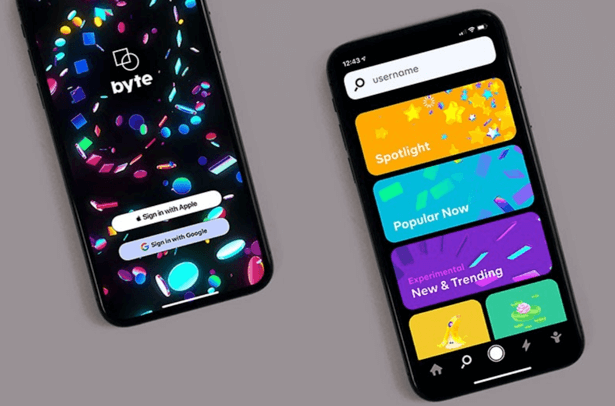
PMR Mobile Apps
Some of the most popular apps in the health and fitness category are making a killing in the industry because they’ve identified common problems many people face—stress and lack of sleep—and have found a solution.
The mobile app Headspace, for example, specializes in meditation and mindfulness, and currently has over 31 million users. It grossed over $56 million in 2019 alone. If you take a look at their stats over the years, you’ll find that the app has strong performance, with millions of users signing up every year.
While PMR apps aren’t as abundant, they do fill a much-needed niche. PMR – Progressive Muscle Relax and apps like it help users get through PMR sessions by themselves and without the need for pricey visits to a health professional.
The app provides a complete program that guides users through various exercises and what needs to be done for each to achieve muscle relaxation. This type of app offers several different features, like a selection of different voices to guide you, visual demonstrations, and models that display how to tense and relax muscles.
Earning Revenue on Health Mobile Apps
According to Statista, health-related mobile apps have earned over $2.4 billion in 2017, with an expected growth of $11 billion by 2025. These stats are bringing in mobile app developers and entrepreneurs interested in health app development to be a part of the growing market.
So how do these kinds of mobile apps earn revenue, and is it the same as other categories, like gaming and lifestyle apps?
Advertisement revenue model
Running ads on a mobile app is a tried and true method of earning big money, and certainly has its place in the health app development business as well.
Make your progressive muscle relaxation app or other health apps free to download, and then monetize it with ads.
One thing to keep in mind is that the health industry is very different than the gaming industry, and you’ll have to choose the right types of advertisements that won’t frustrate or annoy your users.
Those seeking calmness and relaxation will need to be shown ads in a very careful way that won’t turn them off the app.
Advertisements in this niche should never be presented as random pop-ups while users are trying to relax or meditate, for example.
Membership or Subscription models
Integrating a monthly membership or a subscription plan is another way your health app can earn revenue. A basic model would be to allow users the option of paying a monthly or yearly fee to use the various features in the app.
Other plans make payments quarterly—so users would only pay every three months. Offering multiple membership plans in your progressive muscle relaxation app will give users an option that’s most convenient for them, which in turn will result in more paying members.
Paying for features
Some health and fitness apps earn money by allowing users to pay for specific features their app offers, like personalized/customized training sessions or a feature that allows users to speak with an expert through the app for coaching and advice.
You can combine this revenue model with other monetization strategies to maximize your earnings.
Sponsorships
This type of monetization works in a couple of different ways. First, you can have sponsors pay you when you refer your app users to them. For example with a progressive muscle relaxation app, if it directs users to a company’s platform to purchase creams or over the counter muscle relaxation medication, the company would pay you when a purchase is made.
Second, you can simply promote these types of health-related products directly on your app and receive compensation when users make a purchase.
Sponsorships are an excellent method for monetizing a health mobile application since you’re providing your users with products they care about and potentially need while also working with the sponsor.
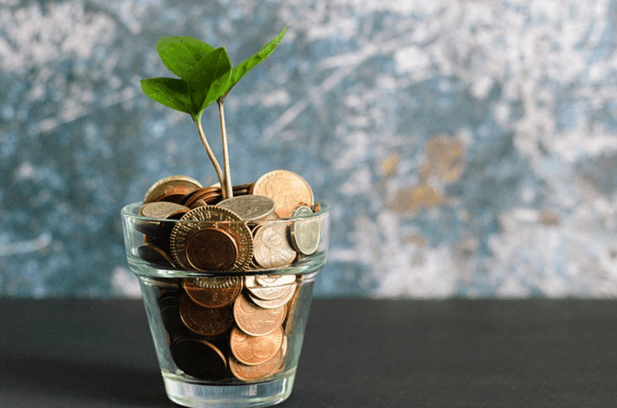
Important Health App Features
If you have a team of developers working hard on your progressive muscle relaxation app, then you probably already have an idea of what kind of features you’re going to implement.
No matter what your app brings to the table that makes it unique to your audience, here are a few common but important features every health app should have:
- Personalization. Healthcare is personal, and so you want to offer a personalized app experience to your users. This involves the ability for users to create an account with information like their age, weight, health goals, and so on.
- Social media integration. Not only does social media integration make it easy for new users to create an account—such as through Facebook or Google—but it also makes it easier for them to connect with their friends through the app and share results. Enabling your users to share information about your app is free advertisement and will help bring in new users. Social media also works to build community. People who achieve something want to share it—which means big possibilities for your mobile app. Work diligently with your development team to incorporate as many social media features as you can.
- Gamification. This isn’t a necessary feature, but it sure helps! Gamification is a popular technique many apps employ to keep users using the app. Rewarding your users with points, stars, medals, badges, etc as they progress through exercises or other features in your app will incentivize them and help them reach their goals quicker. It can also help boost your app’s engagement rate which would lead to a boost in revenue.
- Push notifications. Virtually all mobile apps implement some form of push notifications and reminders for their users. We all lead busy lives and get forgetful, so you want to occasionally give your users a gentle nudge through a push notification to keep them coming back for more sessions or training. Just remember that sending too many notifications can be annoying for users and lead to them uninstalling your app. So your approach should be thoughtful. Just like with advertisements, push notifications and reminders need to be developed with a careful strategy in mind.
- Connecting to wearables. Another great feature to add to your health app is the ability to connect to popular wearable gadgets, like a Fitbit or Apple Watch. The wearable industry is expanding, with nearly $45 million wearable device users in the United States. This can be a costly feature to develop, so be sure that it makes sense for your particular app.
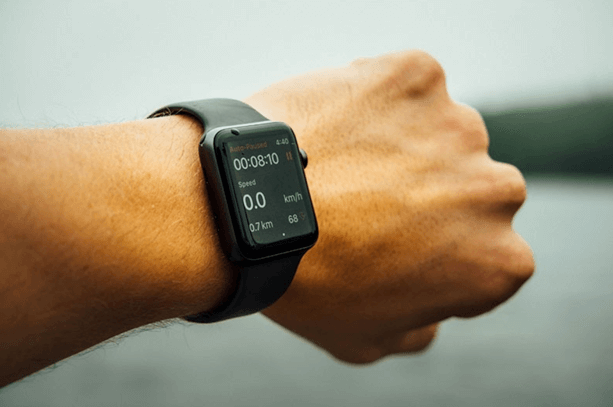
How Much Will Development Cost?
To make a progressive muscle relaxation app, or generally any high-quality health or fitness app, it’s going to cost money. You’ll need a team of health app developers, iOS and android developers, front-end and back-end developers, a project manager, product designers, and testers.
Overall, there are three main factors that will greatly determine the cost to build a health mobile application:
- The size and complexity of the app, which includes things like features and app functionality
- What platforms you are using to build your application
- Where you get your dev team from (in-house or offshore)
Depending on where your app falls when factoring in these considerations, the costs will vary. Creating a basic health app with a minimum viable product (MVP) set of features will likely cost between $30k-40k, and will increase as you add more features.
While you can save money by hiring an offshore team – meaning your employees are located in another country for lower rates – it’s best to hire in-house (local) developers and team members who understand mobile app development as it relates to a U.S. audience. This will ensure you’re getting the best quality and communication from your team.
If you’re on a budget and looking for ways to save on the development process of your app, here are a few tips:
- Always begin by mapping out your project by taking the time to define all features, designs, and functionality. Be thorough and storyboard your app. Planning ahead and being meticulous on what your app will offer in terms of design and development will save you time and money in the long run. No one wants to go back to the drawing board.
- Keep things simple. If you’re making a health app, you don’t want elaborate, all-over-the-place designs. That’s not what your user base cares about, so keep the UI simple and clean. This will save you time and money. Working with a developer will help you understand what kind of animations and design elements might work with your app and which ones are a sizeable investment.
- Try to implement one universal design that will work well with multiple devices and won’t require a ton of redevelopment. This isn’t always possible, but it’s something to keep in mind when working on a tight budget.
- Keep your feature list relevant to your users. Some mobile app entrepreneurs think more is better, but this couldn’t be further from the truth. When you’re mapping out your app’s features, ask yourself if each one is absolutely crucial for your app’s success. If you’re not sure or if you think the answer is no, get rid of it.
Final Thoughts
A visit to the hospital or to any physician often involves spending too much time in a waiting room and high co-pays or out-of-pocket expenses. Health-related mobile applications, like a progressive muscle relaxation app, are transforming the industry and how we are receiving care.
In the current era of Coronavirus where individuals don’t feel comfortable visiting a doctor’s office or even leaving their home, health apps are creating a new communication channel between patients and healthcare givers.
Our Simple Starter package is the safest way to begin developing an app and includes a complete technical blueprint for your app ideas, wireframe sketches, and target user analysis so your app finds the right audience.
Now is the time to invest in healthcare apps. Entrepreneurs and mobile app developers can take the industry to the next level by leveraging new ideas and technology in mobile app development.
4 Comments

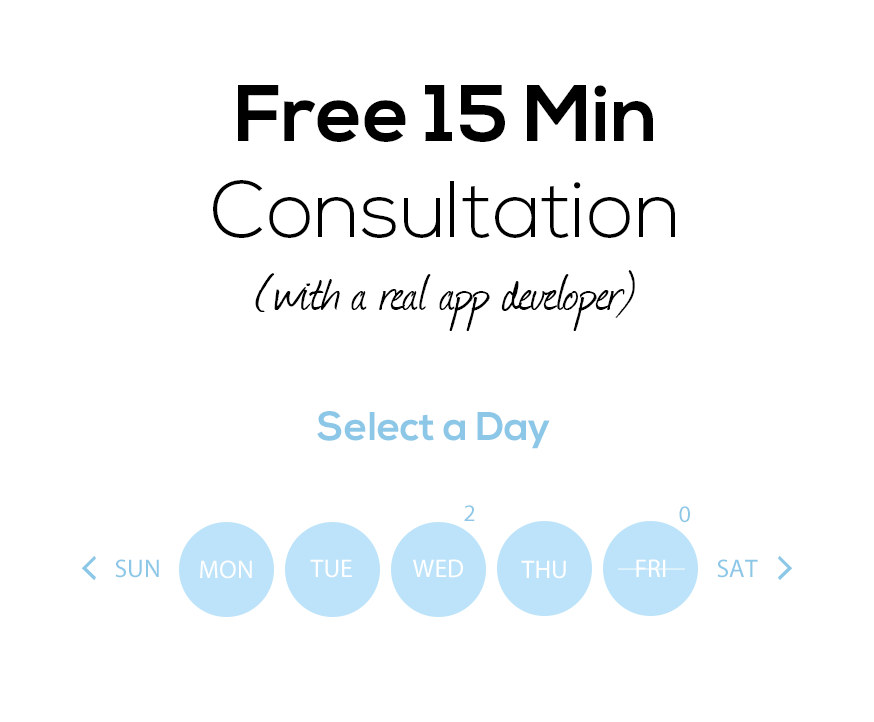


Your inbox wants some love.
Stay informed with Webiotic latest






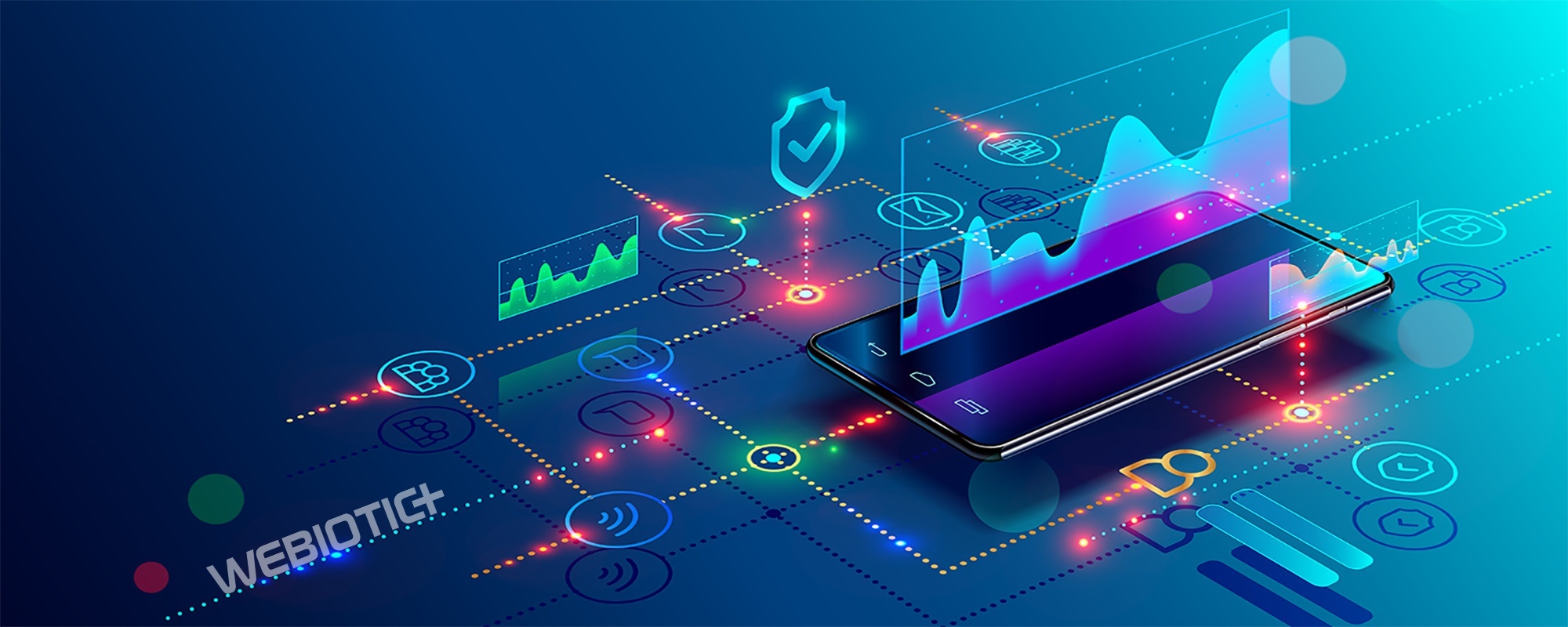



Awesome! Its truly awesome post, I have got much
clear idea regarding from this piece of writing.
Thank You!
Awesome! Its truly awesome post, I have got much
clear idea regarding from this piece of writing.
Thank You!